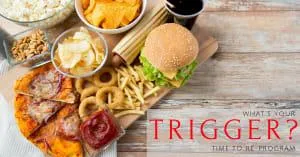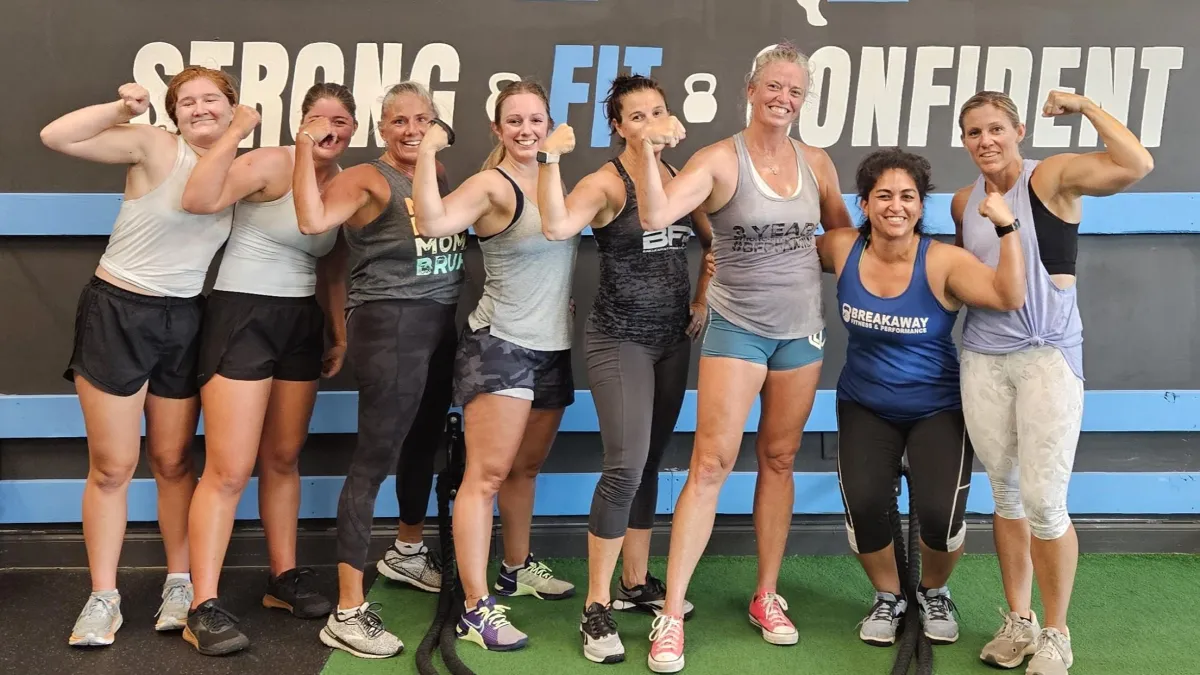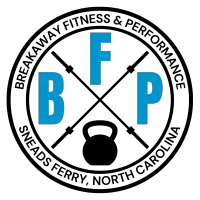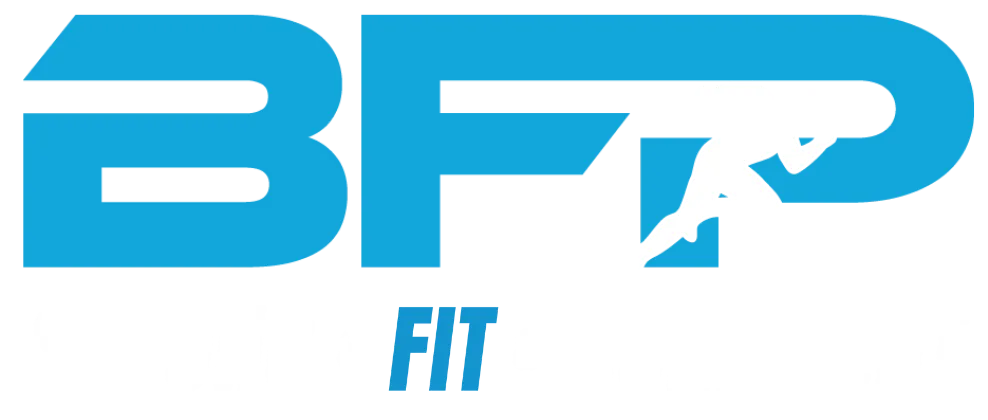WEIGHT LOSS & FITNESS BLOG

What’s Your Trigger?
When we think of a smart person, we might generally think that their brain works differently or maybe better than ours. I mean, if that person is killing it intellectually than their brain must be better at thinking than someone who is less intellectually savy right? Maybe, in fact, that’s quite a bit outside my realm of practice but I do know one thing interesting about the brain:
IT DOESN’T LIKE TO THINK
Seems weird I know but, thinking is hard. It takes quite a bit of energy. Consider the process of me writing this blog write now.
-Hit the “H” key, Hit the “I” key, Hit the “T” key (go back and uncapitalize the word “hit”.
-Make sure punctuation is correct.
-How about grammar?
-What about spelling?
As I said, thinking is hard. The brain would rather not have to do it. How do we adapt? Become more efficient. Our brain prefers to create patterns that we can use again in the future so there is less energy required to get the job done. Think of it as cutting corners with something that is meant to help you remember not to cut corners. Or maybe autopilot. Just cruising along without much disruption at all. That’s what would make our brains happy. Remember that time you needed to go somewhere after work but because it was on the same route to your home you accidentally turned to go home anyway?? Yup, lazy brain.
Of course, an efficient brain can be useful in daily life, but not when we are working towards becoming more aware and making a behavior change.
Most thoughts and behaviors are already planned routines within our brain, we just need a trigger to get the process going. Very similar to hitting a number on a vending machine and a tasty treat simply popping out as it always would.
The only way to help our brain stop being lazy when it comes to changing behaviors, assuming you have a behavior you want to change, is to learn the triggers. Then, we classify them.
Red Light, Yellow Light, Green Light
Red means “stop”, yellow means “caution” and green means “go”.
We can use this system of classifying our triggers for just about anything but since I am a PN2 Nutrition Coach and most folks struggle with nutrition, we will focus our attention there.
Red Light Situations:
These thoughts, people, feelings or environment make you lose your mind and put you in the worst place you can go. They trigger stuff you don’t want to say, think, or do. These are also things that are hard to avoid when they come along (but we can change that).
Red Light foods might be foods that trigger you to overeat or binge. For me, it’s always sweets. When I have sweets, I generally tend to indulge big time. Environments tend to affect me as well. Think of sitting around watching football and what food and drink you generally crave??? Or, it might just be sitting on the sofa at night after dinner watching netflix with the family that triggers you to go to the kitchen and stair at the fridge searching for something.
My Solution so far: A few actually. Chew gum, drink LaCroix, chew ice and drink water. More recently, and much more fun, get one container of halo top and split it into fourths with my wife. ¼ serving is only grams of sugar so what we have started doing is each of us getting ¼ of the container and serving it in a small cup so it appears full. Then we go sit down and slowly enjoy that Halo Top ice cream. It’s worked really well so far. Especially if we go to bed soon after. The smaller container Halo Top comes in actually keeps us from binging and the seller cup we serve it in keeps us from over loading when serving.
Yellow Light Situations:
These thoughts, people, feelings or environments trigger unwanted emotions, feelings, and actions some of the time. Think of something like failing an English test and how it might make you feel dumb but if you fail a physics test it might not bother you as much.
Maybe that coworker drives you nuts on Monday but seems ironic and funny on Friday when you are more relaxed.
Sometimes these situations can be a launch pad for poor choices and sometimes not. For example, maybe when you are alone you can drink just 1 beer but when you are with friends you tend to drink several and eat a bunch of starchy foods.
Green Light Situations:
These of course are always fine and dandy. These situations, people, and feelings never trigger any problematic behaviors. Usually, these things will lead to better choices overall.
WIth food, Green Light situations keep you at your best. For example, broccoli might not ever trigger you to overeat or listening to a specific song pre-workout always gets you the BFP to train, or maybe you are always able to get a healthy breakfast which leads to healthier choices later in the day.
What’s Next:
Build Your Trigger List: I’ve attached a document for you to use here. Print it out and use it! Put it on your fridge to help you keep these situations top of mind.
Which things trigger “good” choices? Which things trigger “bad” choices? WHich things are sometimes risky and sometimes not?
Build your trigger list and decide which ones to work on. Once you’ve listed them, you can begin to be proactive and prepare for the various stages. It will also help you accept the situations you cannot avoid and move on.
Stay tuned next week on for some methods on how to actually deal with Red Light situations and change them into Yellow or even Green Light situations!
Thanks,
Coach Joe Rouse MS, USAW1, Pn2, ACSM-EPC


Are you Ready to become
sTRONG - FIT - cONFIDENT?
Click the Button To Start Your Journey Today!!


